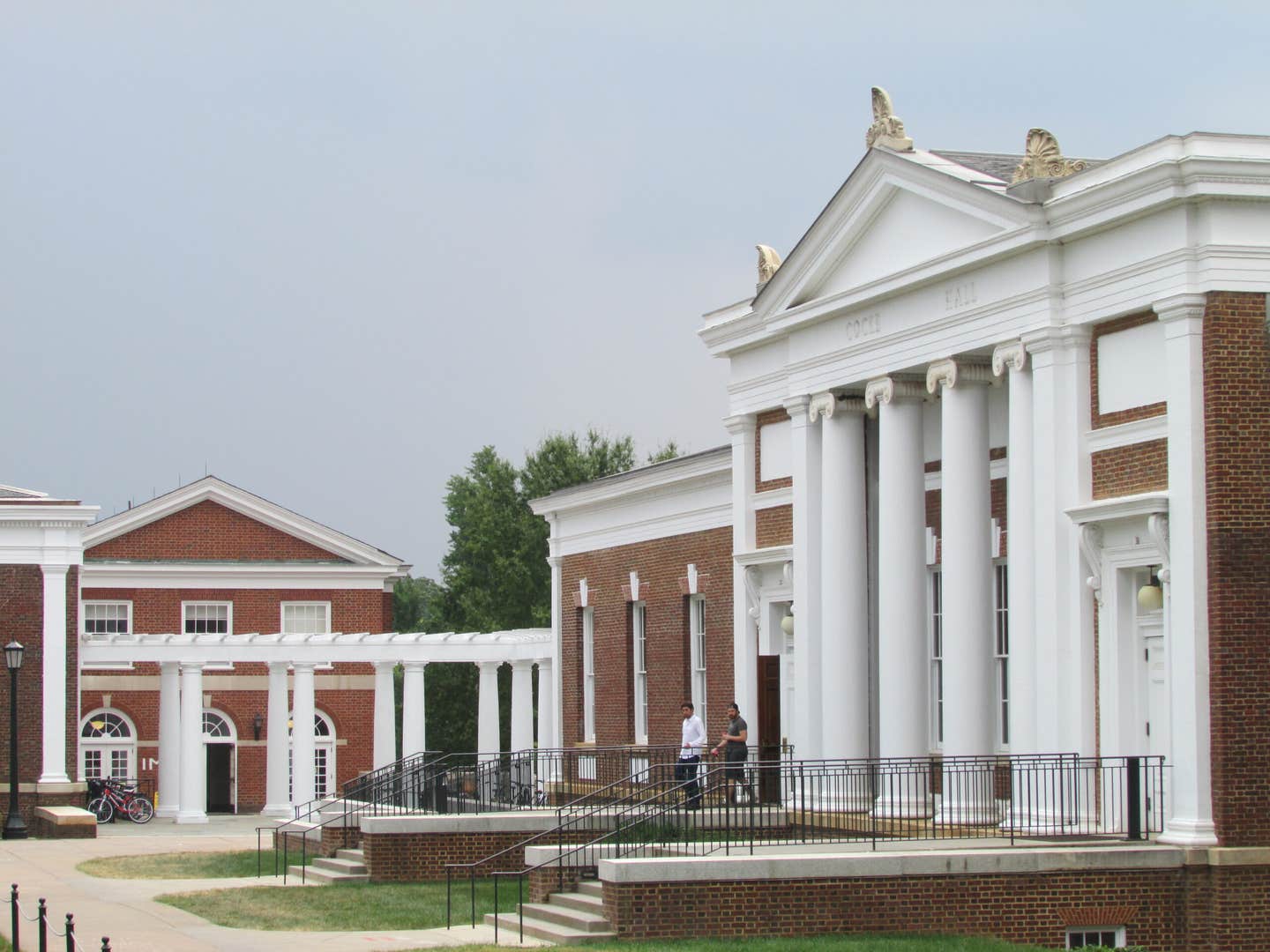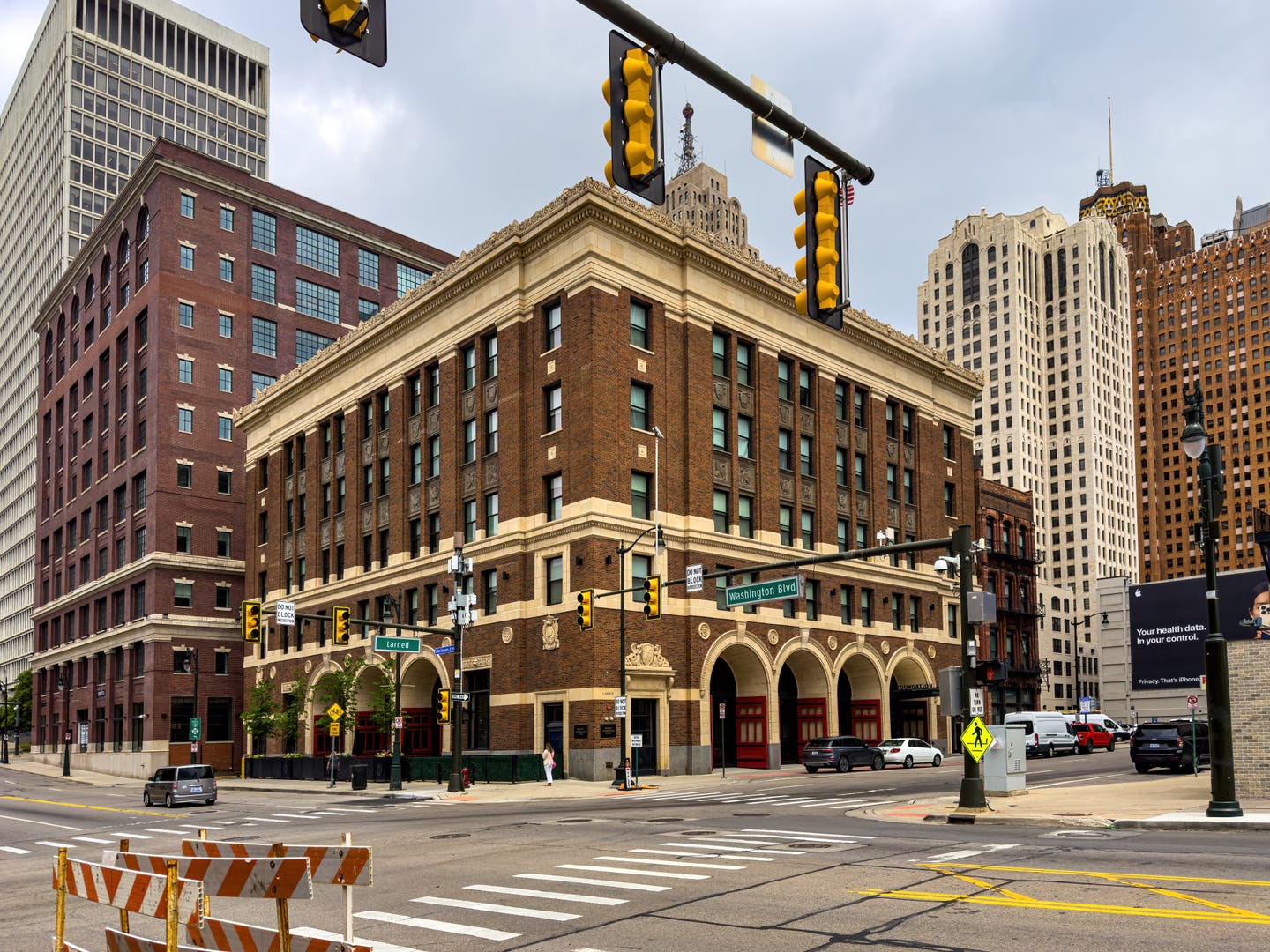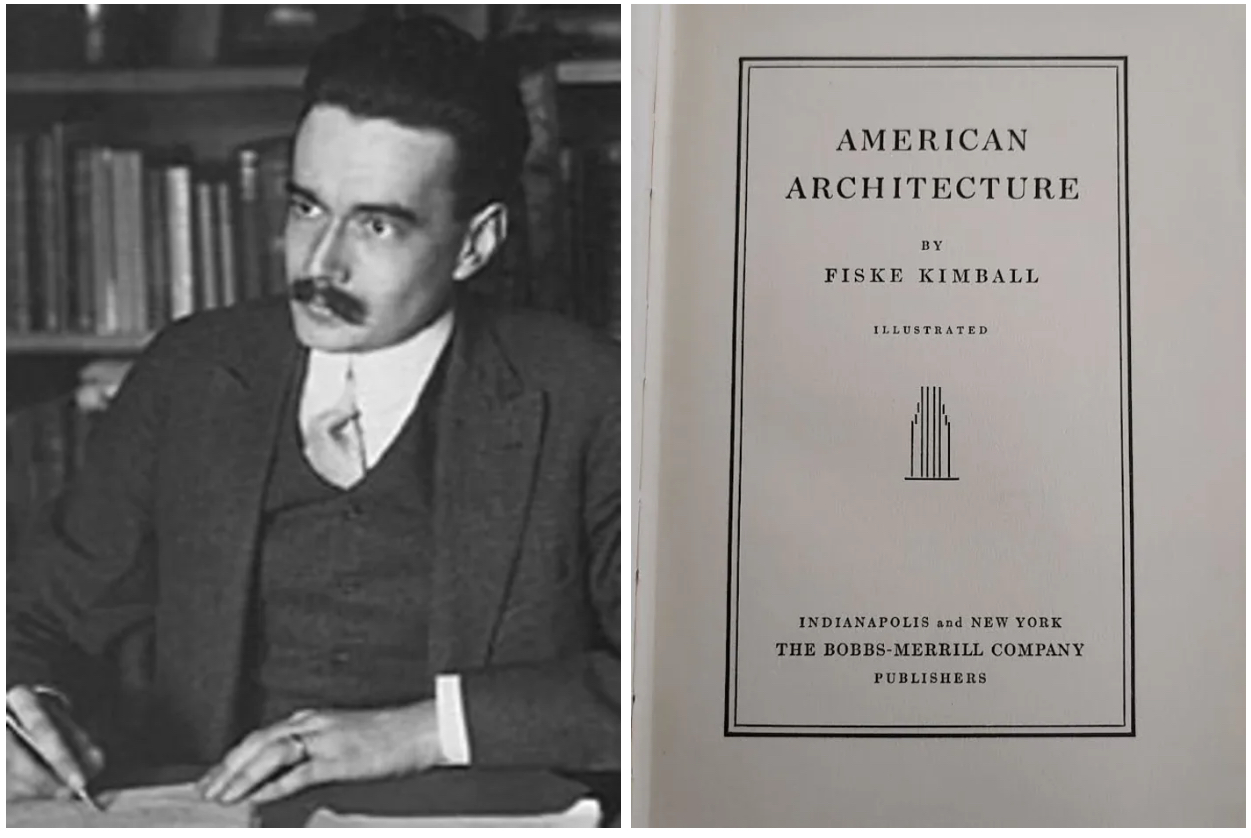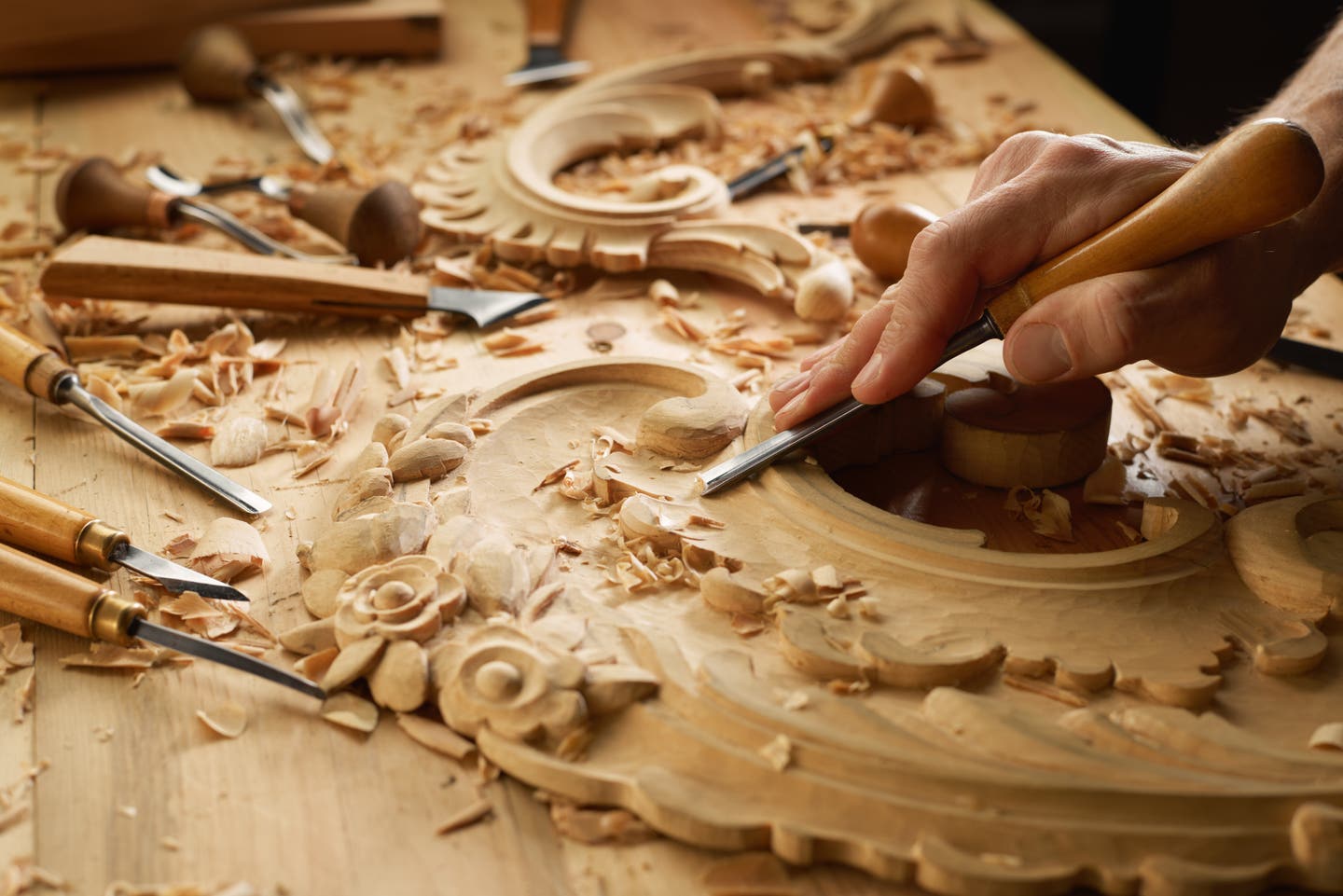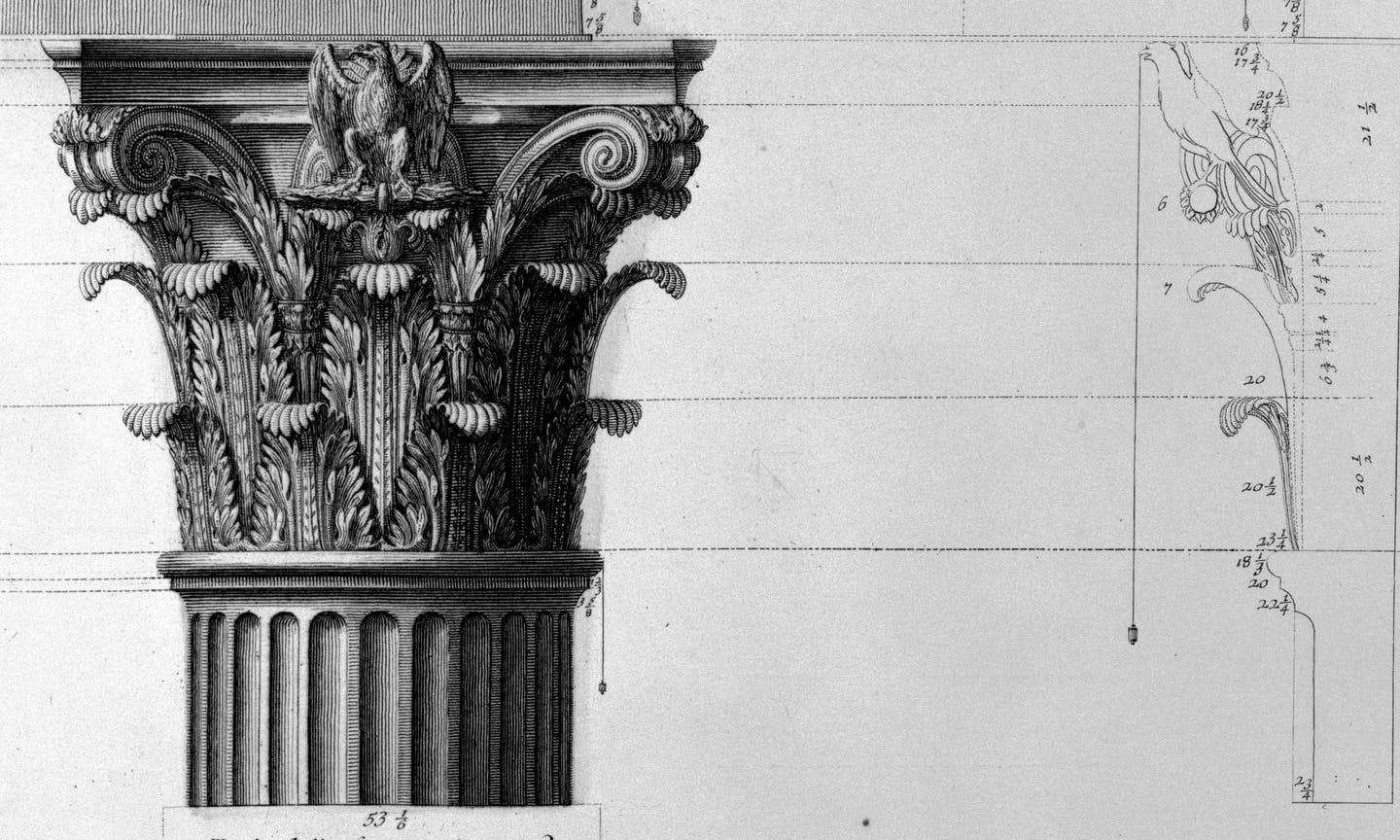
Carroll William Westfall
Using Words With Care
Before images became superabundant in the modern era words were more important and prominent. We lament the loss of the illustrations that Vitruvius referred to in his text. Looking at the images that Villard de Honnecourt put in his handbook from around 1250 strike us as more curious than helpful. The Latin manuscript of a modernized and expanded version of Vitruvius’ treatise that Leon Battista Alberti gave to the pope in 1452 had no illustrations even though the role of images was then increasing through the recent availability of paper. Ten or twelve years later another Florentine, Antonio Averlino, who was called Filarete presented the Duke of Milan with a charming, elaborately illustrated treatise in Italian, but it remained unprinted until a facsimile appeared in 1965. Alberti was luckier; he was printed in 1485, a year before Vitruvius’ was first printed. The first three books of Sebastiano Serlio’s illustrated but never completed treatise was printed in 1537, and it made illustrations necessary complements to words, and thereafter it made images essential in treatises. An illustrated, Italian translation of Alberti appeared in 1555, and fifteen years later Palladio published the beautifully illustrated book that has serviced classical architects ever since. Like Serlio and others, he illustrated his treatise with ancient and new buildings intermixed, a useful practice for classical architects but one that was made obsolete after historians began treating the classical as a style that expressed the influences of the age that built the buildings and presented them in chronological order. Lost was the awareness of the constant modifications to the classical and their roles as the counterpart to the good that they served.
With the rise of style as the principal quality a building expresses, precision in the words in treatises that guided architects became sloppy and imprecise. This tendency has been especially detrimental through the conflation of two important words that are in constant use: buildings and architecture. Most distressing is hearing that the famous Vitruvian trilogy of firmness, commodity, and delight applies to architecture. Not so: it pertains to the art of building, and building is the sine qua non that the art of building most provide to serve architecture. Vitruvius explicitly lists six more criteria for the art of architecture, three concerning construction, and the final three, symmetria, euthymia, and decor, as unambiguously the criteria that a work of architecture must embody.
The first, symmetria, is not the simple compositional commonplace of equality on opposite sides of an axis; we now work with that modern mathematical concept that has largely and carelessly obscured Vitruvius’ first criterion for architecture. Symmetria is proportionality, which includes dimensional ratios or proportions but also much more. Proportionality calls for the right sized and right formed pieces properly assembled according to authority (precedent) for the civil or religious purpose the building is to serve within the well-ordered proportionality of the cosmic order that the civil and religious order imitates. Vitruvius presents proportionality as a quality in other well-ordered things, the well-formed human figure, the perfect numbers and geometric figures, and the precedents that serve as authorities for the configuration of new examples of architecture. Even well into the modern era, it was understood that this quality was achieved by imitating that cosmic order in both the civil and religious order and in the buildings serving them.
The second in Vitruvius’ trilogy for architecture is eurythmia, which might be translated as “well or right or good looking.” It is achieved by making adjustments to the forms of the pieces and their assemblage so that their appearance is right and proper. This requires the judgment of the eye to make the building appear to be beautiful and true to nature.
We might expect beauty to be the third criterion, but instead, we get decor or decorum, a quality superior to beauty just as a citizen’s public obligations are superior to private interests. Decorum is in command of architecture because architecture’s principal obligation is to serve the purpose of the civil order that builds and uses it. As a civic art, decorum stands on the objective standards of cosmic nature. Today the classical is a mere style that a minority practices as personal preference. For all others, architecture is considered a fine art that a few starchitects practice as an art of self-expression and the rest as a means of serving the functional interests of the paymaster. In both instances, architecture is relieved of the obligation to serve a civic, common good.
The arts of building and of architecture are unequal in status, and so are the mates in another pair, traditional and classical. A traditional building belongs to a particular time and place. It presents a distinctive and identifiable qualities, or what realtors and others call a style. Different traditions now produce different buildings in Cape Cod and Tidewater Virginia just as they did in the 17th c. The classical, on the other hand, embodies formal qualities that elevate building to architecture. These qualities are universal and timeless, visible in well-built examples in Cape Cod and in Virginia and in formal traditions as different as those in China and Western Europe and America but exhibiting proportionality, eurythmia, and decorum in their own distinctive ways.
The classical is not a style, but local traditions allow the classical to mark particular times or places or both. Buildings in ancient Greece, ancient Rome, Renaissance Rome, and c.1900 America share classical qualities while each illustrates the classical’s variety, flexibility, and responses to changed circumstances. Various vernaculars feed traditions when local builders satisfy decorum by incorporating dilutions of the local classical. And local vernaculars work their way into buildings and architecture.
My final pair holds ornament and decoration. Vitruvius calls buildings ornaments of the city, and Alberti gives a similar role to the columnar orders. In both cases, a better word to express their meaning would be decoration because they are conspicuous in elevating a building to architecture and providing an emblem of a building’s rank among the several purposes various buildings serve. The columnar orders might be fundamental in the building’s tectonic fabric or can be presented as being so, and the word decoration carries the word decorum in it. Ornament, on the other hand, suggests an enrichment or refinement of decorum. Decorum is essential; ornament can be considered an added extra that enriches or comments on the building’s architecture.
Consider how decoration and ornament are deployed in the masterful grouping of three buildings in Chicago. Facing one another are the free-standing temple fronts of the Federal Reserve Bank and the Continental Illinois National Bank, the former Corinthian, the latter Ionic. Between them and terminating LaSalle Street is the Chicago Board of Trade, astylar but rising higher and ornamented with an Egyptian presenting wheat and a Native American offering corn to be traded inside.
They date from an earlier day when both public and private entities used the orders to place their building in the proper rank within cities. Banks used columns, some with additional ornament to call attention to themselves among their columnar competitors. Even in faraway Torun, Poland, used an unornamented Doric for the lowest but nonetheless important public facility, a public lavatory.
A useful memetic device for separating the two words comes from recalling that Memorial Day, when the graves of soldiers who died in service to the nation are decorated with flags, wreaths, and flowers, was called Decoration Day. In a similar usage, a soldier received a decoration to acknowledge his or her service and allow the recipient to be recognized as an ornament of the nation.
In architecture, while decoration is essential for elevating a building to architecture, ornament explicates the contribution of the decorous element. It might take the form of applied sculpture or painting, or the special treatment of the building’s material body, or the choice of the tectonic materials, or other things added to express the building’s decorous status even within the decorous columnar orders, as can be seen in ancient as well as modern works with both ornament and decoration seen in complementary roles.
Keeping these precise meanings for words in mind when looking at, thinking about, writing about, and designing buildings can sharpen our appreciation of old buildings and serve the expressive content of new ones.
Carroll William Westfall retired from the University of Notre Dame in 2015 where he taught architectural history and theory since 1998, having earlier taught at Amherst College, the University of Illinois in Chicago, and between 1982 and 1998 at the University of Virginia.
He completed his PhD at Columbia University after his BA from the University of California and MA from the University of Manchester. He has published numerous articles on topics from antiquity to the present day and four books, most recently Architectural Type and Character: A Practical Guide to a History of Architecture coauthored with Samir Younés (Routledge, 2022). His central focus is on the history of the city and the reciprocity between the political life and the urban and architectural elements that serve the common good. He resides in Richmond, Virginia.





